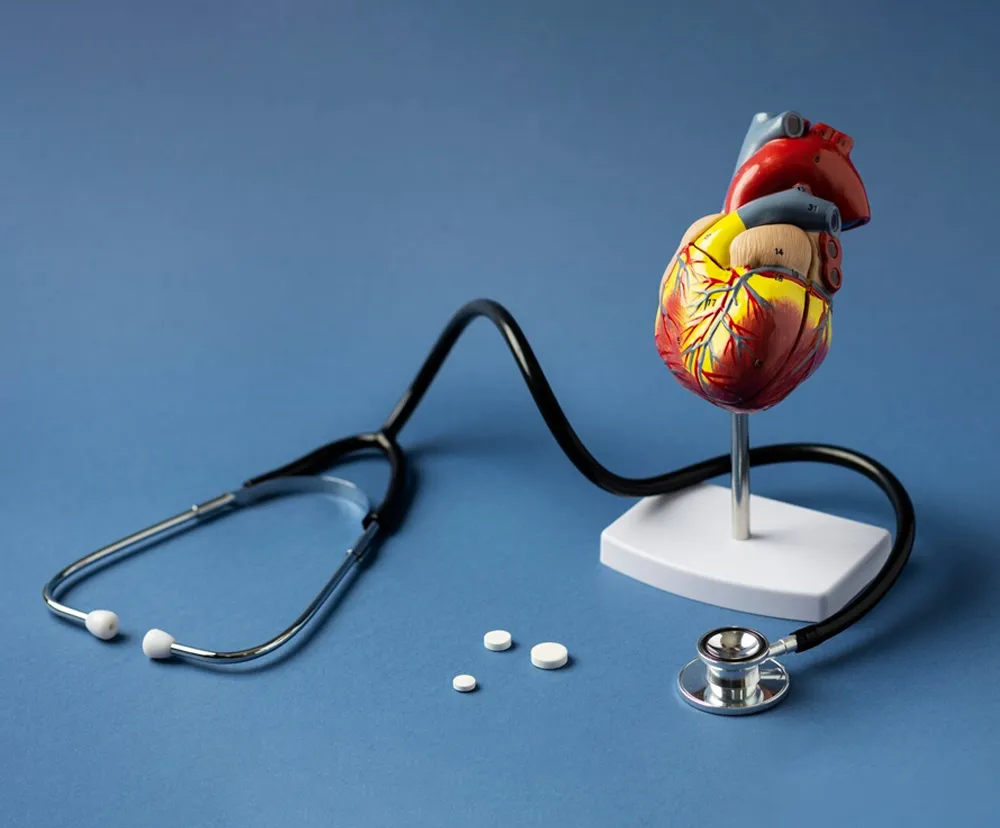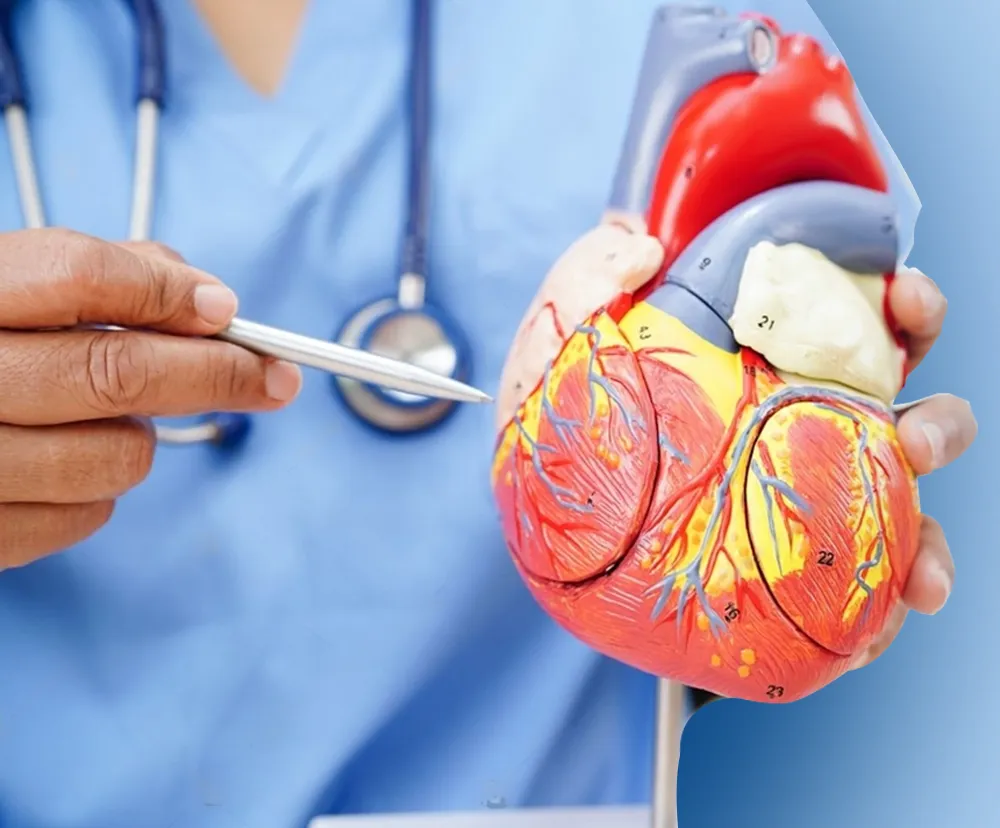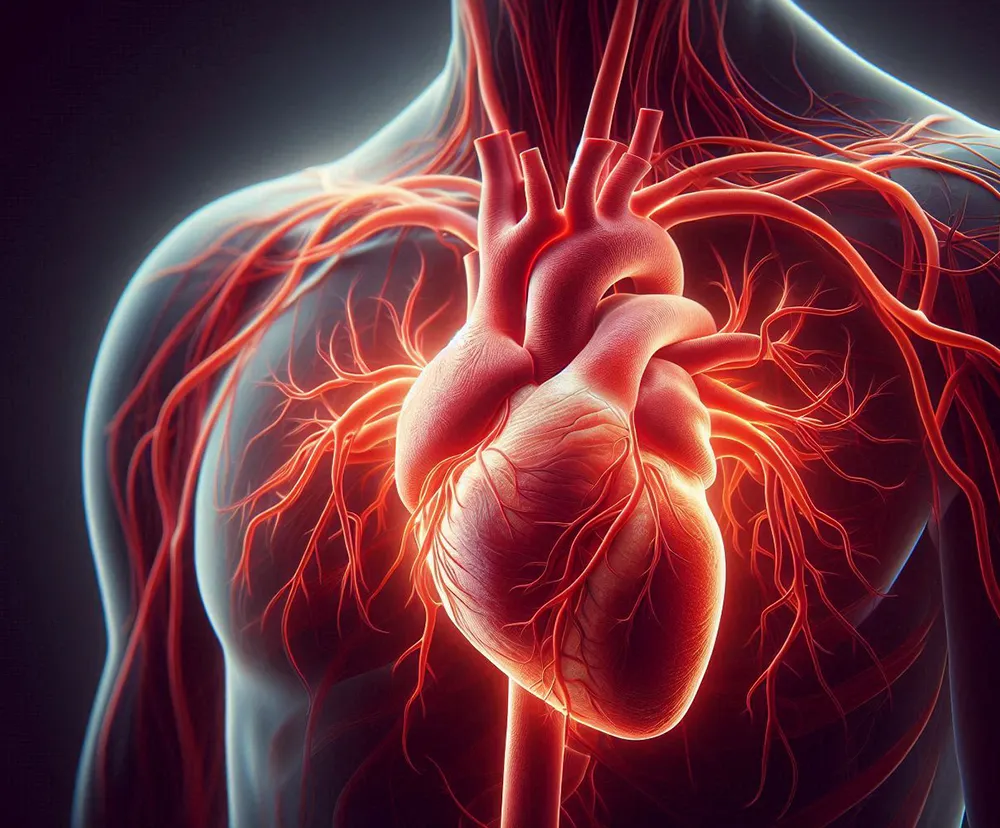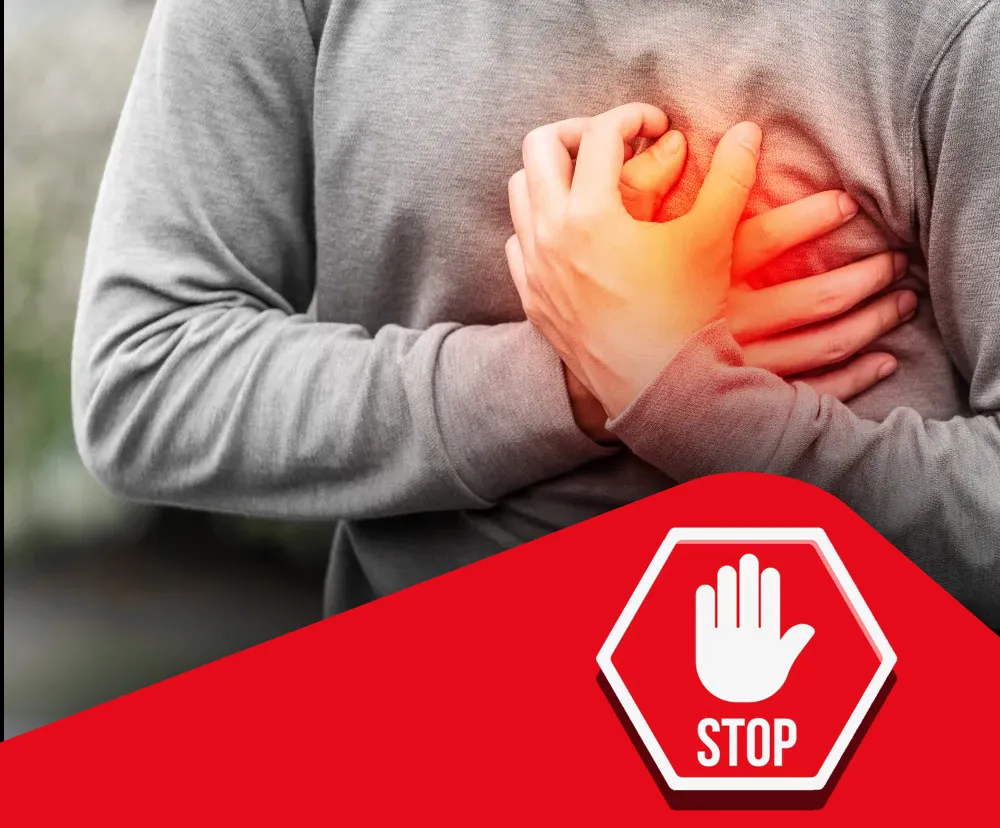Why You Need To Start Understanding Cardiovascular Disease
Why You Need To Start Understanding Cardiovascular Disease
Introduction
Some diseases do not presently have a cure, but can only be managed with treatment and lifestyle changes. One such disease is cardiovascular disease. The whole idea of treatment is to mitigate the risk of cardiovascular disease and to reduce the effects when the disease gets you. One of the reasons to start understanding cardiovascular disease better is to detect, identify symptoms and seek timely medical assistance.
One of the reasons for seeking early detection are non-modifiable risk factors. We will look at these factors in a subsequent paragraph. But before that, lets get to understand cardiovascular disease from expert opinion.
What is the main information about cardiovascular disease?
Cardiovascular disease is also famously known by its acronym CVD. This refers to various conditions that affect the heart and blood vessels. Some of the different types of conditions that comprise CVD are as listed below. The first step to start understanding cardiovascular disease is by knowing the difference between each of the following conditions.
- Coronary Artery Disease – Also known as CAD, this is due to buildup of plaque in the coronary arteries. This causes a reduction in flow of blood to the heart.
- Heart attack – Also known as myocardial infarction, this is due to blockage of blood flow to a part of the heart for an extended period. This either causes damage to the heart muscle or the heart muscle dies.
- Heart failure – This is when the heart is unable to pump sufficient blood to the body. This deprives the body of the its need for nutrient rich blood.
- Arrhythmias – This refers to conditions when the heart has abnormal or irregular heart rhythms. This could be either too fast or too slow or irregular heartbeats.
- Stroke – This occurs when there is some interruption or stoppage of blood flow to the brain. This could be due to a blockage, or a rupture of specific internal blood vessels.
- Peripheral Artery Disease – Also known as PAD, this refers to a condition where there is reduced flow of blood. This is due to narrowing of the peripheral arteries, typically in the legs.
- Hypertension – This is the commonly experienced high blood pressure levels, referring to an increased pressure of blood on the artery walls. This causes various health complications, including heart disease.
What causes cardiovascular disease?
As part of understanding cardiovascular disease, lets now look at the causes of cardiovascular disease. This is mainly due to a combination of factors, that are classified broadly into lifestyle reasons, genetic reasons, and medical conditions, as explained below:
Lifestyle reasons
- When your diet is high in saturated fats, trans fats, cholesterol, sodium, and sugar, you may develop atherosclerosis. This causes a buildup of plaque in the arteries, and an contribute to high blood pressure, apart from obesity.
- When you are physically inactive, you may end up with obesity, hypertension, and high cholesterol levels.
- Smoking will damage blood vessels, and bring down the blood oxygen levels. It also causes high blood pressure and heart rate, which will put you at risk of CVD.
- Alcohol can raise blood pressure, and also spike your triglyceride levels, contributing to heart disease.
Genetic reasons
- If you have a family history of cardiovascular disease, you will be increased risk. Additionally, some genetic disorders can also predispose you to higher risk of CVD.
Medical conditions
- Hypertension damages the arteries and heart, causing heart disease and stroke.
- High cholesterol levels of low-density lipoprotein can cause plaque buildup in the arteries. This increases risk of heart attack and stroke.
- Diabetes damages blood vessels and nerves that regulate the heart. This increases your risk of heart disease.
In addition to the above, there are other risk factors, such as advancing age and gender. Factors that are considered as contributing include chronic stress, sleep apnea, and chronic inflammation in the body. CVD is mostly due to a combination of multiple reasons.
Can cardiovascular disease be cured?
No, as mentioned earlier, as part of understanding cardiovascular disease, these conditions presently do not have a cure. The only possibility is to manage the condition through medications, and lifestyle modifications. The best approach is to go in for periodic tests to check for risk of the condition and to detect the condition early in life. It is important to note that there are two types of risk factors that contribute to the condition – modifiable and non-modifiable.
As the names suggest, you can do something about the modifiable risk factors and reduce the risk of heart disease. This will ensure that you will reduce your lifetime or future risk of the condition, apart from considerably reducing the impact of the disease, if it eventually gets you. The best way to deal with non-modifiable risk factors is by early detection. By detecting non-modifiable risks, you can seek treatment to reduce the effects and outcomes of the genetic components.
Modifiable risk factors
The following are the modifiable risk factors of heart disease.
- Wrong diet
- Sedentary lifestyle, obesity
- Smoking and alcohol
- Hypertension
- High cholesterol levels
- Diabetes
Non-modifiable risk factors
The following are the non-modifiable risk factors of heart disease.
- Advancing age
- Gender – men are known to be at higher risk of heart disease than women
- Family history
- People of specific ethnic categories are at higher risk
How cardiovascular disease occurs?
As mentioned above, cardiovascular disease is due to a combination of multiple factors. As part of efforts to start understanding cardiovascular disease, it is important to note the symptoms of these conditions.
- Chest pain or some form of discomfort, known as angina
- Difficulty breathing
- Pain or weakness in the limbs
- Pain that radiates to the neck, the upper abdomen or your back
- A fluttering sensation in the chest
- Abnormal rapid heartbeats
- Overall tiredness
- A lightheaded feeling or dizzy feeling
- Unexplained swelling in the legs
How will genetic testing help with non-modifiable risk factors?
With genetic testing, you can learn of any genetic component that may put you at risk of heart diseases. These could be a congenital mutation or it could an inherited condition. With advanced genetic testing facilities in Tamil Nadu, you can quickly receive comprehensive screening. Based on the results, you can seek medical treatment and mitigate the risk of heart disease.
Medically Reviewed by
Dr.Rajasekar Cardiologist
Dr. Rajasekar is a cardiologist in Chennai, with extensive experience in the field. He completed his MBBS from Madurai Kamaraj University, followed by an MD in General Medicine and a DM in Cardiology from The Tamil Nadu Dr. M.G.R. Medical University (TNMGRMU).
Related Blogs :

Understanding Genetic Methylation Tests: A Guide
Understanding Genetic Methylation Tests: A Guide Introduction What is Genetic Methylation? The Role of Methylation in Gene Expression The Importance of Genetic Methylation Tests Health Conditions Linked...


Expert guidelines on treatment and management of cardiovascular diseases
Expert guidelines on treatment and management of cardiovascular diseases Introduction What are the various cardiovascular disease treatment options? What are the treatments for cardiovascular disease in advanced...




